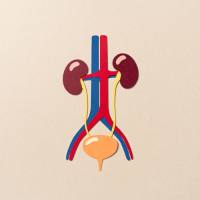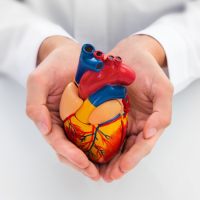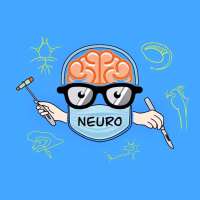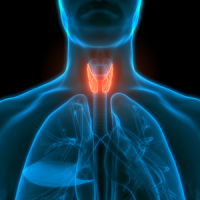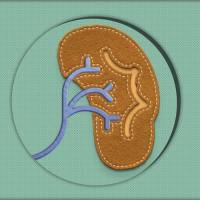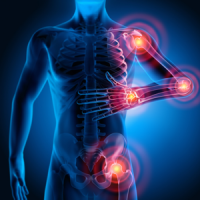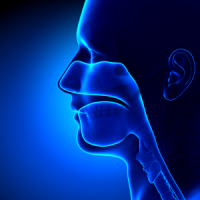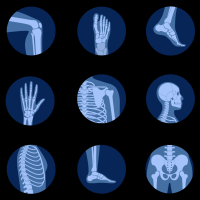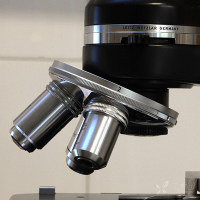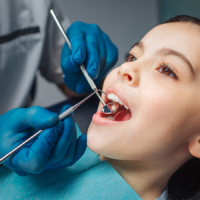【摘要翻译】【J Oral and Maxillofac Surg】骨性Ⅲ类错合正颌外科手术患者的下颌运动模型的纵向观察
文题:LongitudinalObservation of Mandibular Motion Pattern in Patients With Skeletal Class IIIMalocclusion Subsequent to Orthognathic Surgery
作者:Wen-Ching Ko E, Huang CS, Lo LJ, Chen YR.
年份,卷(期): 起止页码:2012 Feb;70(2):e158-68.
链接: http://linkinghub.elsevier.com/retrieve/pii/S0278-2391(11)01575-8
英文摘要:
PURPOSE:
The aims of the presentstudy were to delineate the characteristic patterns of 3-dimensional (3D)mandibular movement in patients with skeletal Class III malocclusion comparedwith normal individuals and to investigate the longitudinal changes in mandibleand condylar motion after orthognathic surgery (OGS).
PATIENTS ANDMETHODS:
The subjects in thepresent prospective study consisted of 2 groups. The OGS group included 24patients with skeletal Class III who underwent OGS. The control group consistedof 25 patients who underwent orthodontic treatment only. The patient recordsincluded demographic data, lateral and posteroanterior cephalometricradiographs before treatment, and serial mandibular motion data. In the OGSgroup, the mandibular motion data were obtained before OGS (T1), 1 month afterOGS (T2), and at least 6 months after OGS (T3). The differences incephalometric measurements and mandibular movements between the 2 groups werecompared. The Pearson correlation test was performed to assess the relationshipbetween the cephalometric measurements and the mandibular movements. Serialchanges in mandibular movement in the OGS group were also compared.
RESULTS:
The skeletal pattern inthe OGS group demonstrated retrusive maxilla and a protrusive mandible, with alarger mandibular plane angle. For the incisal range of motion, the OGS group'smaximal mouth opening was larger than the control group's by 6.9 mm. In the OGS group, the condylar rangeof motion in retrusion and the Bennett angle were asymmetric. Skeletal ClassIII patients tended to have a smaller range of condylar retrusion. At 1 monthafter OGS, the maximal incisal range of motion decreased from 57.23 to 25.61 mm. Other variables,including laterotrusion, movement velocity, and angle and distance of condylarmovement in protrusion, reduced significantly. The Bennett angle demonstratedincreased symmetry on both sides. Six months after OGS, the condylar motion inopening demonstrated improvements, but to a lesser extent than at T1. Thecondylar motion in retrusion recovered totally. The maximum incisal range ofmotion reduced slightly, but remained similar in value to that of the controlgroup. The variables, including laterotrusion, movement velocity, and angle anddistance of condylar movement in protrusion, demonstrated total recovery. Themandibular movement variables at T3 were not significantly different from thoseof the control group.
CONCLUSIONS:
Skeletal Class IIIpatients demonstrated a larger maximal mouth opening than did the controls,along with similar laterotrusion, but with a smaller retrusive condylar rangeof movement. The range of incisor motion and condylar movement did notcorrelate. The deterioration in mandibular motion after OGS can recover totallywithin 6 months. At T3, the mandibular movement remained consistent with theamount in normal subjects.
中文译文:
目的:
本研究的目的是划定骨性Ⅲ类错合患者与正常人的三维(3D)下颌运动的不同的特征模式和调查正颌外科(OGS)后下颌骨和髁突运动的纵向变化。
材料和方法:
在本前瞻性研究的对象包括两组。OGS组包括24例接受OGS骨性Ⅲ类患者。对照组包括25例接受正畸治疗患者。病人记录包括人口统计数据,治疗前外侧和后前位X线头影测量片,下颌运动轨迹数据。OGS组患者收集的下颌运动数据包括需在OGS前(T1),OGS术后1个月(T2),OGS术后6个月(T3)。对两组的X线头影测量和下颌运动的差异进行比较。 运用皮尔逊积差相关试验对X线头影测量及下颌运动之间的关系进行评估,对OGS组下颌轨迹运动中的变化进行比较。
结果:
OGS组中的骨骼特点表现为上颌骨后缩和下颌骨前伸,并具有较大的下颌平面角。开口度为上下中切牙切缘距离,OGS组的开口度大于对照组6.9毫米。OGS组髁突运动轨迹后移以及贝内特角不对称。骨性Ⅲ类患者往往有一个较小范围内的髁突后缩。在OGS后1个月,下颌运动的最大开口度从57.23下降到25.61毫米,其他变量,包括侧向运动、运动速度、角度和髁突前伸运动的距离均显着降低。贝内特角度显示两侧对称性增加。OGS后的6个月,开口时髁突动度有所改善,但比T1时程度较轻。髁突后移运动完全恢复。开口度略有下降,但数值与对照组相近。其他变量,包括侧向运动、运动速度、角度和髁突前伸运动的距离均有所恢复。在T3时下颌运动的变量与对照组无显着差异。
结论:
骨性Ⅲ类患者比对照组表现出较大开口度及侧向运动距离,但有较小范围内的髁突后缩。开口度与髁突运动没有关联。OGS6个月后下颌异常运动可以完全恢复,在T3下颌运动与正常人的各种变量无明显差异。
---------------------------------
版权声明:本译文文字内容归丁香园网站( http://www.dxy.cn )和本人所有,转载或摘编请留言说明。







